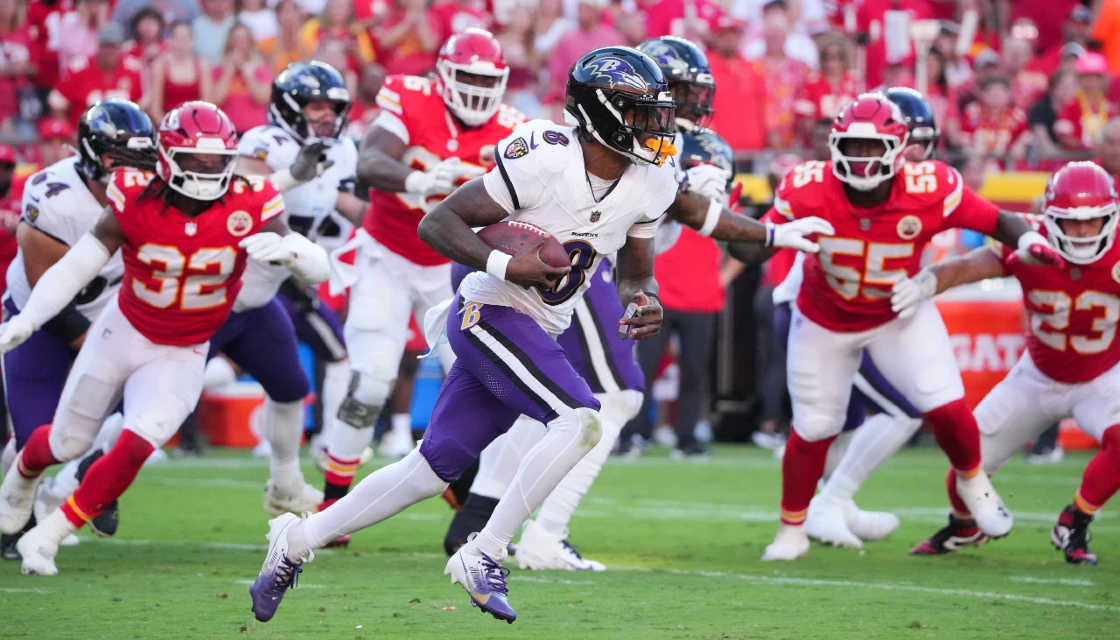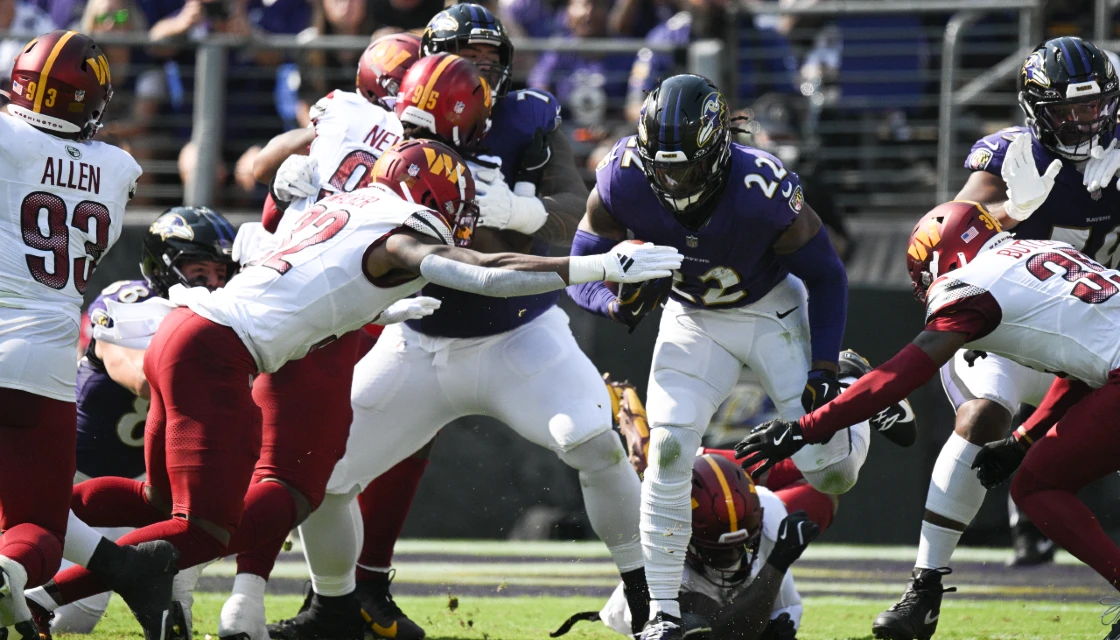With trainer Bill Mott announcing that Sovereignty will bypass the Preakness Stakes on May 17, the second leg of the Triple Crown will not be won by the Kentucky Derby winner for a seventh consecutive year. It also likely means the annual race held at Baltimore’s Pimlico Race Course will continue to experience a Maryland sports betting trend that it would rather see end.
While the Kentucky Derby continues to post record handles year after year, wagering on the Preakness has slumped in recent years. Bettors wagered $58.3 million on last year’s race. While that was a modest 2.3% increase from the $57 million handle for 2023, Preakness wagering is down 15.1% from the record $68.7 million bet on the race in 2021.
The drop in Preakness wagering has also led to an overall decline in wagering on Pimlico’s card of 14 races on the third Saturday in May. Last year’s handle of $98.9 million marked the third year-to-year drop in betting traffic. Since 2021, when a record $112.5 million was bet on Pimlico’s races on Preakness Day, the handle has fallen by more than 12%.
Until the Preakness entrants are known – the post-position draw takes place May 12 – it’s hard to give an estimate on what the handle will be for this year’s race. If Derby favorite Journalism and/or Bob Baffert’s Rodriguez are in the field, it could give the race a much-needed boost. But even if they do run, there’s no guarantee that’ll change the recent downward trend for Maryland’s biggest race for horse enthusiasts in the state and folks who have Maryland sports betting promos available to them.
Why Only 58% of Derby Winners Race In The Preakness
Sovereignty is not the first recent Derby winner to skip the Preakness. In fact, Country House, Mott’s other Derby winner, did not run the second leg of the Triple Crown in 2019. In addition, Rich Strike’s connections also eschewed the Preakness in 2022. You can decide whether it’s a coincidence that they’re two of the three biggest longshots to ever win the Derby.
However, as the data shows, it’s not as common as you may think for the Derby winner to go from Louisville to Baltimore. Just 87 horses (58%) that wore the Garland of Roses have been entered to compete for the Garland of Black-eyed Susans.
For much of the early history of both races – the Kentucky Derby dates back to 1875 and the Preakness to 1873 – there was no set schedule. From 1877 to 1890, the races were held just three days apart, and 15 times between 1897 and 1917, the Preakness took place first.
When Sir Barton won the first Triple Crown in 1919, he won the Derby on May 10 and the Preakness on May 14. He won the Belmont on June 11. In fact, Sir Barton’s achievement wasn’t even called the Triple Crown at the time. That phrase did not gain popularity until Gallant Fox matched the feat in 1930.
Does The Preakness Suffer From Middle Jewel Syndrome?
Being the middle leg of the Triple Crown has several disadvantages. For starters, most of the attention paid to horse racing is devoted to the Kentucky Derby, the first leg of the Triple Crown held at Churchill Downs in Louisville. This past weekend, the Derby attracted a handle of $234.4 million, and Churchill’s 14-race card generated a total of $349 million.
Then there’s the last leg, the Belmont Stakes. When a horse wins both the Derby and the Preakness, all eyes shift to New York to see if the horse can make history. Of the 34 horses that have won the first two legs, 13 have made history by completing the Triple Crown. The most recent was Justify in 2018.
But the Preakness has had its share of moments. Fillies Rachel Alexandra and Swiss Skydiver winning the race in 2009 and 2020 were historical moments. The duel between Sunday Silence and Easy Goer in 1989 ranks as one of the greatest races ever. However, most often, the Preakness finds it hard to break out of the shadows cast by the other two races, even as it offers a strong event for on-site betting and Maryland sportsbook apps.
Should The Triple Crown Schedule Change?
Winning the Triple Crown is one of the most demanding tasks in sports to achieve. The three races take place over the course of five weeks. On top of that, fresher horses that skipped the Derby or weren’t eligible for it can pop up to challenge the Derby winner in either the Preakness or Belmont. In fact, none of the past five Preakness winners raced in the Derby.
Of those, Rombauer (2021) and Early Voting (2022) skipped the Derby after their last prep race to wait for the Preakness instead. National Treasure did so as well in 2023, but as a Baffert-trained horse, he was deemed ineligible for the Derby because of Baffert’s suspension from Churchill Downs.
There has been chatter in recent years about re-examining the Triple Crown schedule, with some suggesting the three legs should be held a month apart. That would fall in line with the way many trainers prep their horses. However, even recent history shows a horse can run well with just two weeks between races.
Last year, D. Wayne Lukas chose not to enter Seize the Grey in the Derby, but they went to Louisville anyway and raced in the Pat Day Mile, a race on the Derby undercard. After winning that, Seize the Grey went to Baltimore and gave the legendary trainer, then 88, his seventh win in that event and his 15th overall in a Triple Crown race.
USA Today Network photo by Matt Stone/Courier Journal








